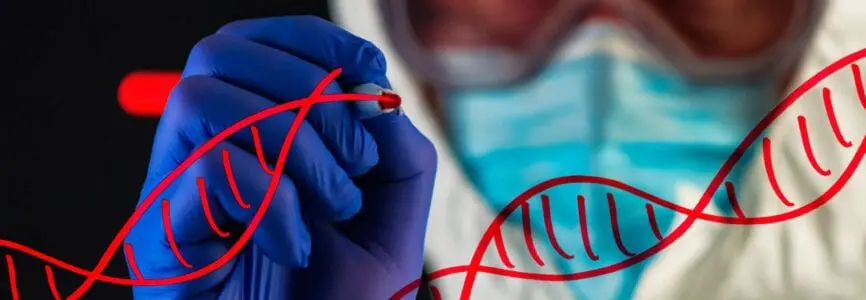Bioethics Forum Essay
Why Avoid the “M-Word” in Human Genome Editing?
It is a truism that good ethics begins with good facts. Here are some of the facts about the ethics and politics of heritable human genome editing from 2015 to 2019.
2015: Two articles are published (one in Nature and one in Science) in advance of a publication in Protein & Cell describing the first effort at human germline genome editing in nonviable embryos. The Nature article explicitly calls for a moratorium. The Science article calls for a prudent path forward.
2015: The first International Summit On Human Gene Editing takes place and concludes: “It would be irresponsible to proceed with any clinical use of germline editing unless and until (i) the relevant safety and efficacy issues have been resolved, based on appropriate understanding and balancing of risks, potential benefits, and alternatives, and (ii) there is broad societal consensus about the appropriateness of the proposed application.”
2017: A committee of the U.S. National Academies of Sciences, Engineering, and Medicine (convened following the first international summit to undertake a year-long, in-depth consensus study) issues a report that says: “If the technical challenges were overcome and potential benefits were reasonable in light of the risks, clinical trials could be initiated if limited to the most compelling circumstances, if subject to a comprehensive oversight framework that would protect the research subjects and their descendants, and if sufficient safeguards were in place to protect against inappropriate expansion to uses that are less compelling or less well understood.”
The starting assumption with the 2015 summit statement is that human germline genome editing is irresponsible unless and until . . .. The starting assumption with the 2017 US National Academies report is that human germline genome editing is permissible provided that . . .. This is a significant difference.
2018: The Second International Summit on Human Genome Editing takes place and issues a statement that says: “. . . it is time to define a rigorous, responsible translational pathway toward such trials… Such a pathway will require establishing standards for preclinical evidence and accuracy of gene modification, assessment of competency for practitioners of clinical trials, enforceable standards of professional behavior, and strong partnerships with patients and patient advocacy groups.”
This summit statement continues the theme permissible provided that . . .. As a counterweight to recent efforts to shift the pivotal question from “whether” to proceed with heritable human genome editing to “how” to proceed with heritable human genome editing, 18 scientists and ethicists, including two of the three CRISPR pioneers, publish an article in Nature calling for a temporary global moratorium.
2019: “Adopt a Moratorium on Heritable Genome Editing” says: “We call for a global moratorium on all clinical uses of human germline editing — that is, changing heritable DNA (in sperm, eggs or embryos) to make genetically modified children.” One of the four reasons given for this call is that “some commentators have interpreted subsequent statements as weakening the requirement for broad societal consensus; such statements include a 2017 report from the US National Academies of Sciences, Engineering, and Medicine and a 2018 statement from the organizing committee following the Second International Summit on Human Genome Editing.”
David Baltimore, who is the first author on the 2015 article in Science calling for a prudent path forward, and who chaired both the first and second international summits, says, in an interview in Science News: “Statements made after the first summit and the second summit have avoided using the term moratorium. Consciously. Because that word has been associated with very firm rules about what you can do and what you can’t do . . . To make rules is probably not a good idea.”
This statement explains Baltimore’s motivations in avoiding use of the m-word, but it does not explain the motivations of all who were signatories to the two summit statements. Of the original signatories to the 2015 summit statement four are among those who have called for a temporary global moratorium (Lander, Baylis, Berg, and Winnacker), and four others are among those who support a temporary prohibition, but object to this being called a moratorium (Baltimore, Daley, Doudna, and Lovell-Badge).
The recent call to adopt a temporary global moratorium has made the following explicit.
First, almost everyone agrees that it would be irresponsible to proceed with human germline genome editing at this time. Some people go further and insist that it would be irresponsible to proceed with human germline genome editing at this time, if ever.
Second, some people are comfortable with use of the word moratorium, which is defined as “temporary prohibition.” This accurately describes what almost everyone agrees to. Many who agree with a temporary prohibition on heritable human genome editing are spooked by the m-word.
Françoise Baylis is University Research Professor at Dalhousie University. Twitter: @FrancoiseBaylis.













